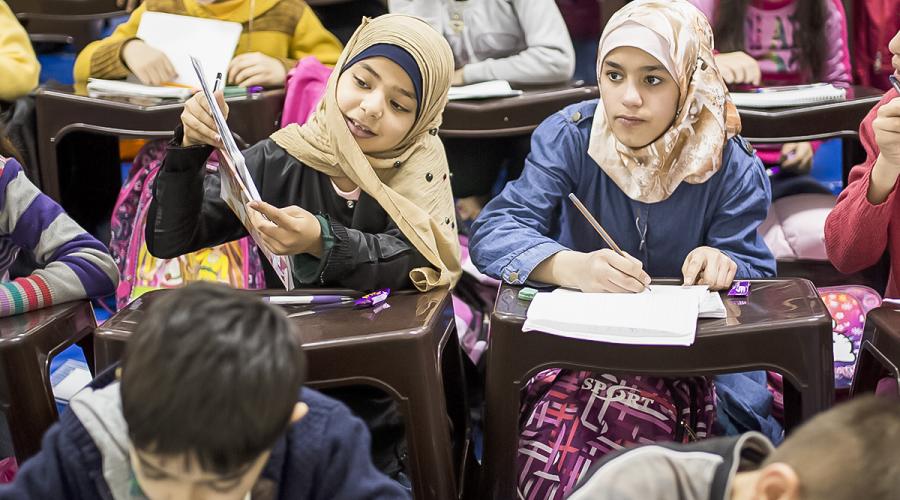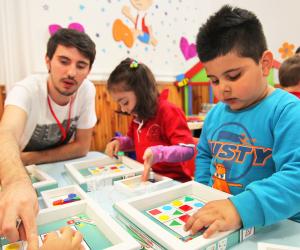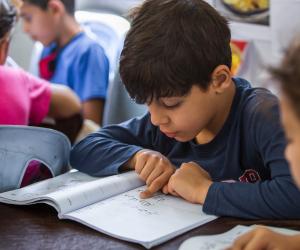Image

Research paper
Teachers of Refugees
923
0
Key findings
- The majority of Jordan’s Ministry of Education (MoE) teachers teach refugee students of any nationality; with more than 6 in 10 grade 1-6 and 7 in 10 grade 7-10 teachers reporting teaching refugee students.
- Teachers in Syrian camp and Syrian second shift schools were very young and had few years of experience; 5 in 10 were aged between 21-30 years, and more than 6 in 10 reported having fewer than 5 years of experience.
- Teachers in Syrian camp and Syrian second shift school teachers were most likely to report receiving in-service training in the past two years compared to teachers in regular MoE and host-community schools.
- The topic teachers in Syrian camp and Syrian second shift schools received most training on was psychosocial support for students; with 76% and 63% of grade 1-6 teachers reporting receiving such training, respectively.
- Syrian camp and second shift school teachers were most likely to report choosing the profession as a result of passion for teaching (more than 5 in 10), compared to regular MoE (36%-38%) and host-community school teachers (approximately 40%).
- Teachers in Syrian second shift schools were more likely to report refugee-specific challenges when compared to teachers in host-community schools.

